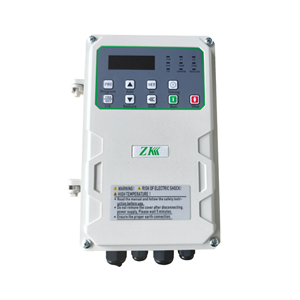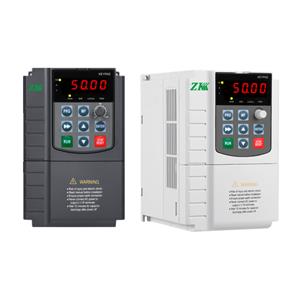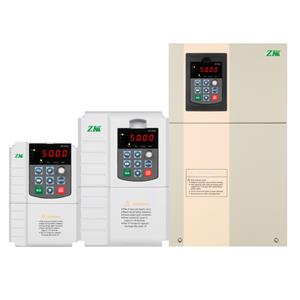The Prospects of Solar Pump Inverter Water Pumping Systems
The Prospects of Solar Pump Inverter Water Pumping Systems
1. Introduction
Solar Pump Inverter water pumping systems convert solar energy directly into electrical energy to power water pumps, eliminating the need for fossil fuels or grid electricity. These systems consist of three main components:
Solar PV array
Solar Pump Inverter
Electric water pump (submersible or surface)
The technology has gained increasing attention due to:
Rising diesel costs and unreliable grid power in rural areas
Declining prices of solar PV modules (over 80% reduction since 2010)
Growing need for sustainable irrigation solutions
Government incentives and subsidy programs worldwide
2. Technological Advancements
2.1 Photovoltaic Module Efficiency
Modern solar panels now achieve 20-22% efficiency for commercial modules, with laboratory prototypes exceeding 47% for multi-junction cells. This increased efficiency allows for smaller array sizes to power the same pump capacity.
2.2 Motor-Pump Technologies
Three main pump types dominate solar applications:
DC brushless pumps: Simple, reliable, but limited to small applications
AC induction motor pumps: More versatile with variable frequency drives
Synchronous reluctance motors: Emerging as highly efficient alternative
2.3 Solar Pump Inverter
Modern maximum power point tracking (MPPT) Solar Pump Inverter can improve system efficiency by 30% compared to conventional controllers by continuously optimizing the electrical operating point.
2.4 Hybrid Systems
Integration with:
Battery storage for extended operation
Wind or diesel generators for hybrid power
IoT monitoring for predictive maintenance
4. Environmental Benefits
Solar Pump Inverter provides significant environmental advantages:
Zero direct greenhouse gas emissions
No fuel spills or contamination risks
Silent operation compared to diesel pumps
Reduced water waste through potential integration with precision irrigation
A typical 5HP solar pump can reduce CO₂ emissions by 5-8 tons annually compared to diesel alternatives.
5. Implementation Challenges
Despite the advantages, several barriers remain:
High initial capital costs (though lifetime costs are lower)
Limited local technical expertise for installation/maintenance
Intermittency issues without storage or backup
Water resource management concerns in some regions
Supply chain challenges for spare parts in remote areas
6. Future Prospects
The global Solar Pump Inverter market is projected to grow at 12% CAGR from 2023-2030, driven by:
Agricultural demand: With 70% of global freshwater used for agriculture, Solar Pump Inverter can improve irrigation efficiency
Climate change adaptation: Drought resilience for smallholder farmers
Rural electrification: Over 1 billion people still lack reliable electricity access
Technology improvements:
Higher efficiency motors
Advanced MPPT algorithms
Integrated solar tracker systems
Policy support: Increasing government programs in India, Africa, and Middle East




